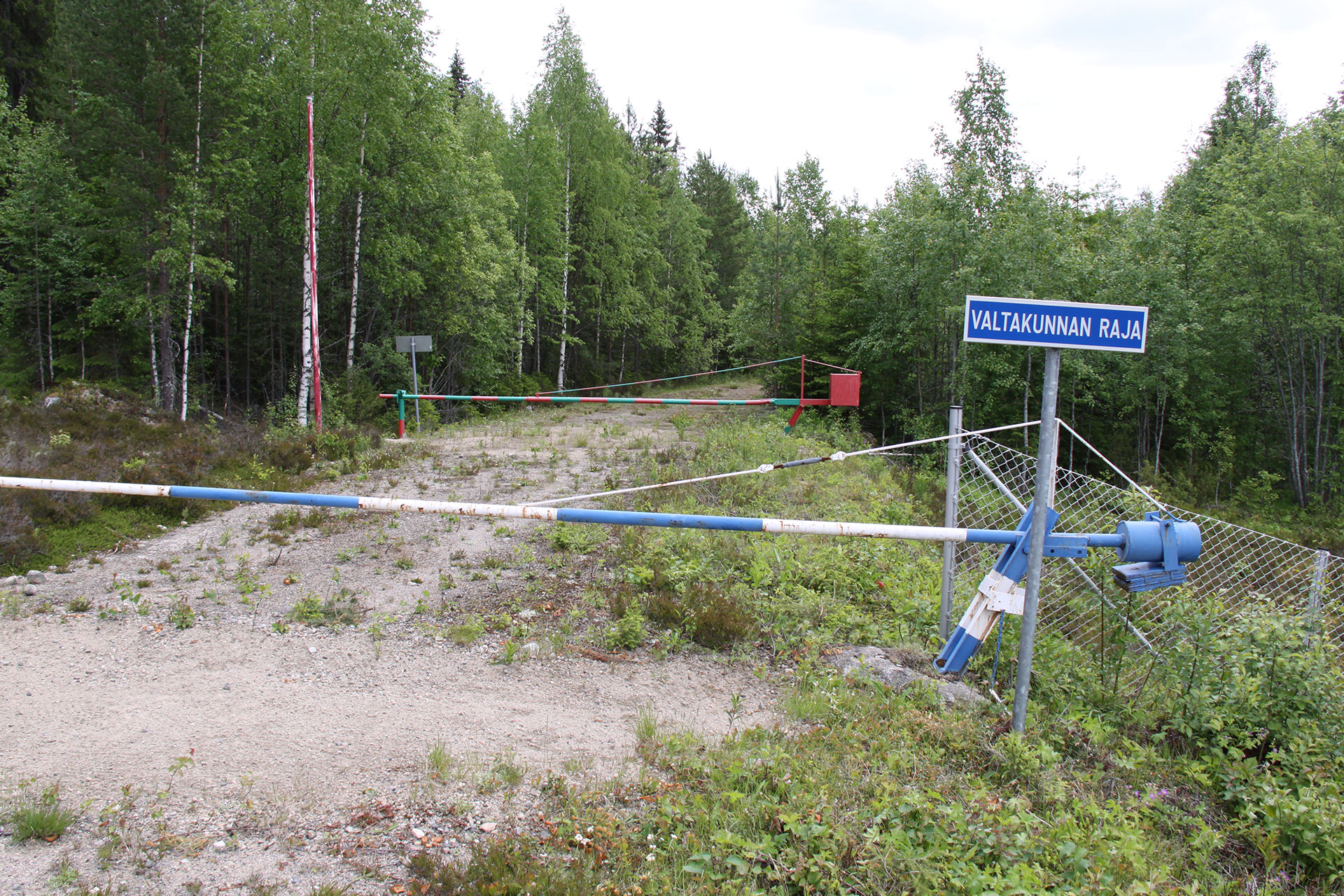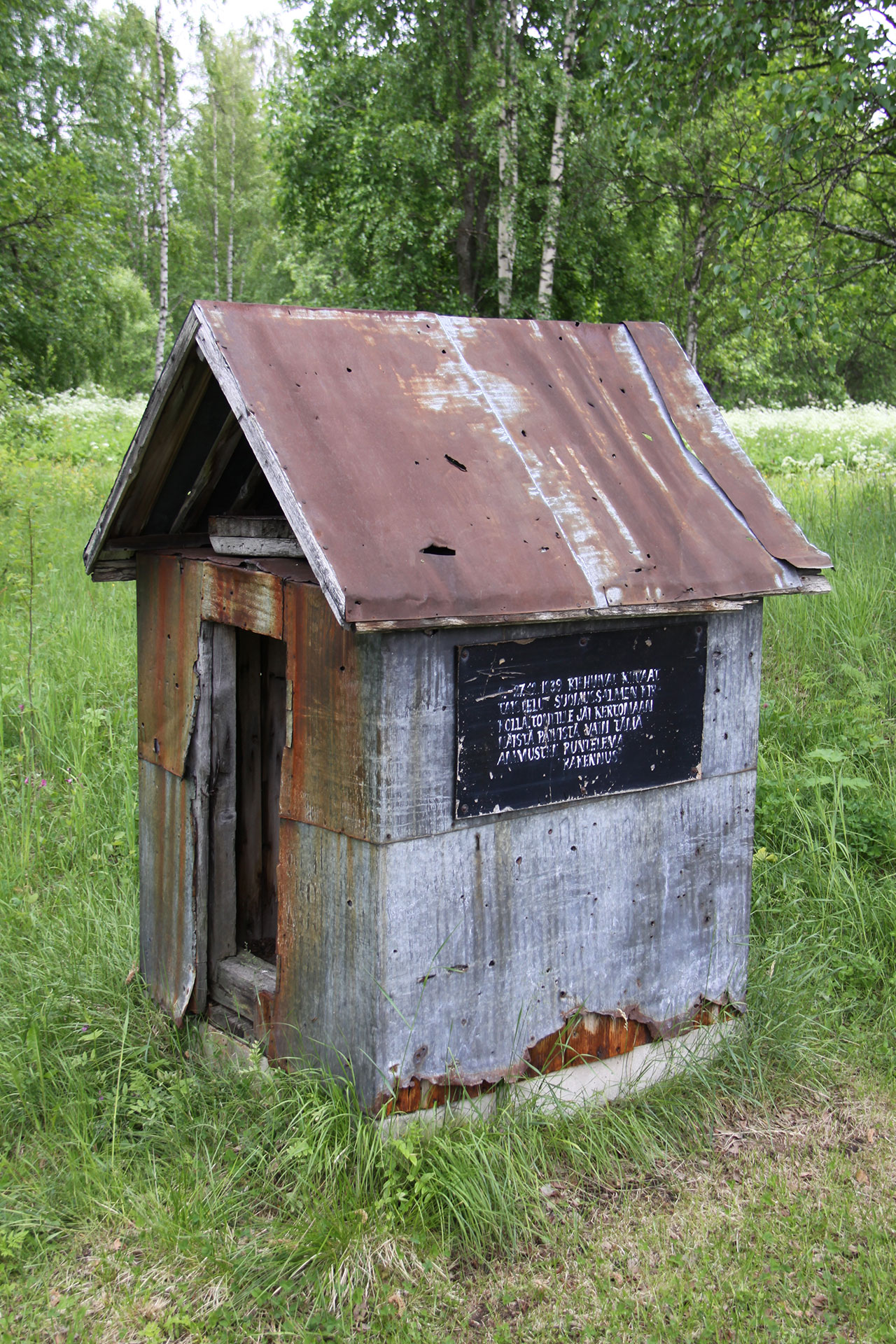Winter War ‘White Death’ – The Russo-Finnish War 1939-40
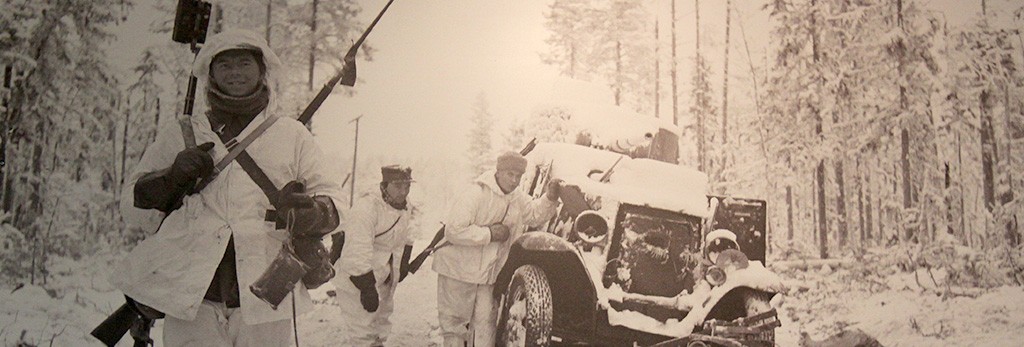
The Russo-Finnish War 1939-1940
Day One: Fly London to Helsinki and Kajaani.
We fly to Helsinki and take a domestic flight to Kajaani further north.
This tour is about the battles that occurred along the famous Raate road from the Russian border to Suomussalmi, and follows another Soviet invasion route to Kuhmo further south. Road bound Soviet mechanized and motorized units were sliced up and annihilated by ski-borne Finnish soldiers, nicknamed ‘white death’ employing motti tactics, fighting in temperatures as low as 40°C. The tour is set amid wild Finnish Taiga countryside, with its mirror lakes, fast flowing rivers and streams, with reindeer, elk and other wildlife. When conducted in June, its beautiful scenery is bathed in a celestial golden sunlight, that lasts through the night hours, a creative feast for the keen photographer. The trip is ‘off-piste’ from the usual European battlefield tour experience.
Day Two: The Kuhmo Battlefield.
This covers the invasion and defeat of the Soviet 54th and 163rd Divisions along cut off motti encircled positions at Palovaara and Juntusranta and other sites, where they were fragmented and destroyed. Finland’s excellent Winter War museum is visited en route. Many of the original Finnish encircling and Soviet perimeter earthworks still survive, with Russian tanks still standing amid the forests where they were abandoned.
Day Three: The Raate Road.
We drive to Suommusamali to explore the entrapment and destruction of the Soviet 44th Division along the Raate Road, beginning at the original Russo-Finnish frontier post at the eastern end of the route. It has since been restored to its 1939 condition and includes a museum, dealing with the events of the Russian invasion. Many original and restored trench and bunker systems remain at the side of the road.
Day Four: Suomussalami.
The tour continues along the road to Suomussalmi Village, now a small town. It was partially occupied by the Russians during the invasion and almost completely destroyed in the fighting. There is an excellent museum dedicated to the battle and impressive monuments to both sides, including the famous Liekki flame monument, dedicated to Finnish soldiers and the Winter War monument. We explore both sides positions around the then frozen Lake Kianta at Hulkonniemi and discuss the difficulties of fighting and operating in hostile sub-zero arctic temperatures.
Day Five: Return.
We drive to kajaani airport and visit the local ancient castle en route before transferring to Helsinki and then onward to London.
See Bob’s battlefield tours via Alan Rooney’s Cultural Experience




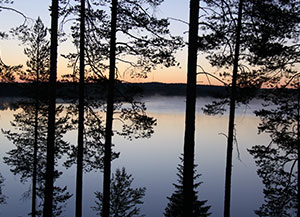
- The original frontier post today
- The present-day Russian border is not so far away.
- The Raate Road Winter War Museum.
- The Raate Road Winter War Museum.
- The only structure that survived the winter fighting for the village of Suomussalami 1939-40.
- The Finnish Liekki Flame commemorative Monument, blown by Russia from the east but not extinguished.
Read Robert’s Books
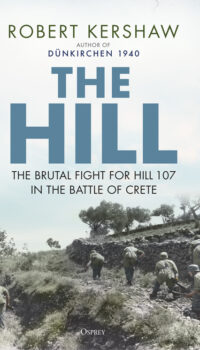
The Hill
’The Hill narrates the battle for Hill 107 in May 1941, which will decide the outcome for the entire campaign to capture the strategic island of Crete by the Germans from the air alone. The story is told through the eyes of the primary decision makers and takers in defence and attack. The New Zealanders are on the summit, the Germans scaling the heights.
An original approach that reads like a play, based on meticulous research of diaries, letters and post combat accounts.’
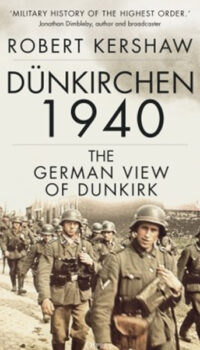
Dunkirchen 1940
The ‘miracle of Dunkirk’ is lauded in British history and folklore as a victory of human endeavor, celebrated each year with a profusion of TV documentary veteran accounts and memorial services. German soldiers constantly referred to the wunder or miracle of reaching Dunkirk in wartime letters back home. There the resemblance ends. For the British it was a miracle of survival and deliverance, for the Germans it was one of achievement. They had reached the sea in May 1940 in less weeks than it took years for their fathers not to succeed in 1914-18.

